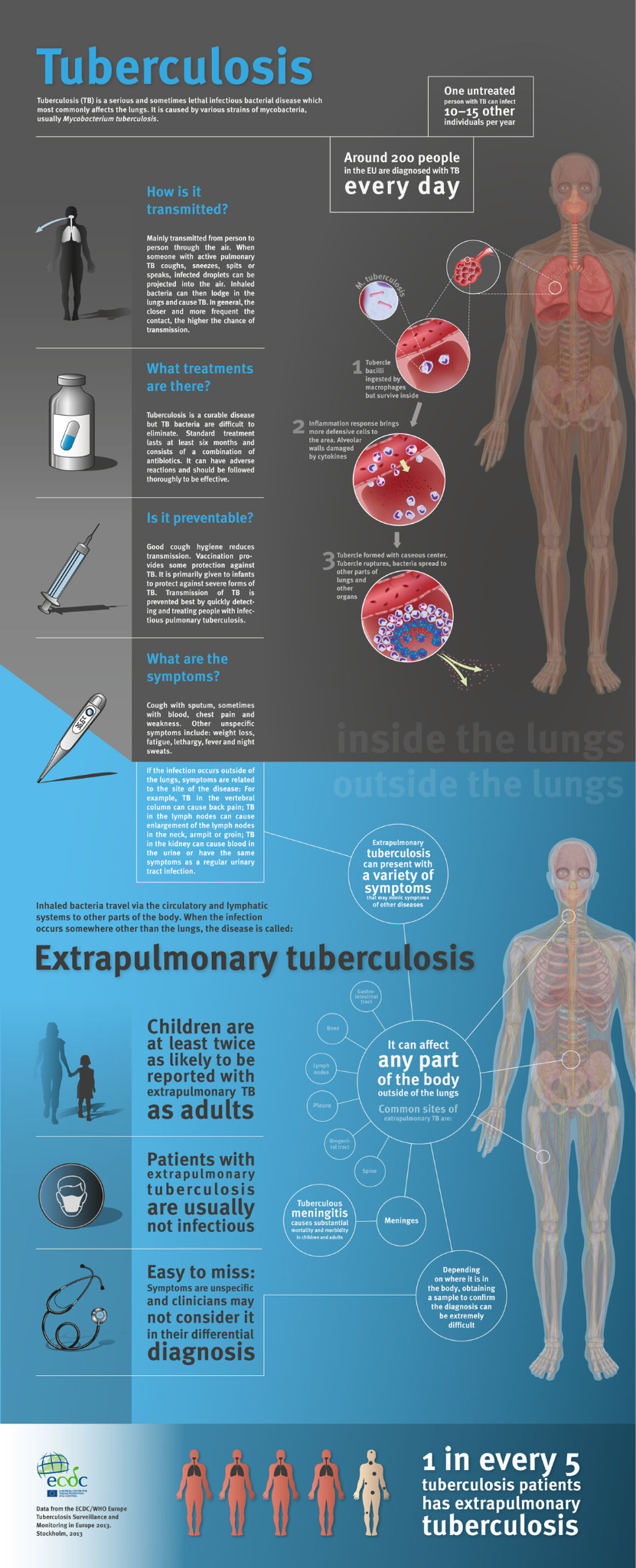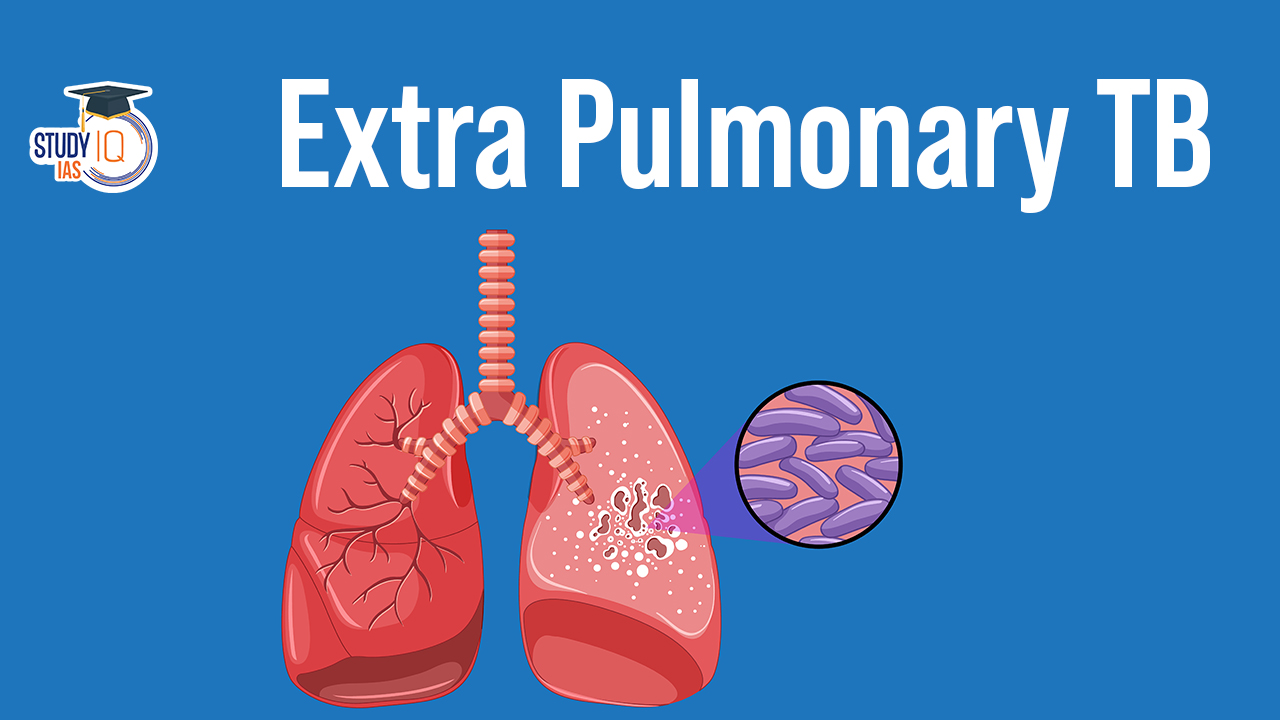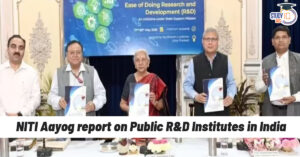Table of Contents
Context
- Extrapulmonary tuberculosis (EPTB) affects organs other than the lungs, such as lymph nodes, brain, gut, and eyes, accounting for about 20% of TB infections.
- Unlike pulmonary TB, EPTB often doesn’t show up in standard TB stain tests and may not involve a corresponding lung infection, making it difficult to diagnose.
| Fact |
|
Extrapulmonary Tuberculosis (EPTB)

Extra Pulmonary TB Challenges
Public Health Challenges
- Underdiagnosis: EPTB is often not detected by regular TB tests and its symptoms can mimic those of non-TB conditions. This leads to a significant number of undiagnosed or misdiagnosed cases.
- Damage and Complications: The underdiagnosis of EPTB can result in irreversible damage to affected organs, including vision loss or blindness in cases where the infection is in the eye.
Knowledge and Treatment Gaps
- Lack of Awareness and Expertise: There is a significant knowledge gap among healthcare providers regarding EPTB, particularly about its occurrence in organs that have immune privileges. This complicates the diagnosis and treatment efforts.
- Diagnosis and Treatment: Accurately diagnosing and effectively treating EPTB is challenging due to the lack of awareness and the absence of specific diagnostic and treatment protocols for different organs.
Collaborative Efforts and Guidelines
- INDEX-TB Guidelines: In 2014, a consortium of health experts from various institutions, the WHO, and the Cochrane Infectious Disease Group developed INDEX-TB, a set of guidelines for managing EPTB in India.
- However, these guidelines are based on good-quality evidence for only five organs and need updating.
- Need for Better Data Collection: Effective EPTB management is hindered by diverse data practices across specialist departments.
- There is a call for these departments to standardise data collection and share it with the National TB Control Programme to enhance the Ni-kshay portal, which currently lacks comprehensive EPTB patient data.
Research Priorities
- Understanding EPTB Mechanisms: Research is needed to explore how the TB bacterium interacts with different organs and the prolonged immunological responses even after the infection has been treated.
- This includes studying phenomena like persistent intraocular inflammation in the eye.
- Advanced Tools: Utilising advanced immunological tools like single-cell RNA sequencing could help reveal the immune mechanisms involved in EPTB, potentially leading to more effective treatments.
- Long-Term Treatment Challenges: Current treatments often involve prolonged anti-TB therapy, which may not always be effective and can expose patients to significant side effects.
Future Directions
- Updating INDEX-TB Guidelines: There is a crucial need to update the INDEX-TB guidelines with the latest data and multidisciplinary inputs to reflect the complex nature of EPTB.
- Clinical Trials for High-Quality Data: Conducting clinical trials is essential to develop and refine diagnosis and treatment protocols for all organs affected by EPTB.


 National Project for Strengthening Disas...
National Project for Strengthening Disas...
 CAG Report on Pradhan Mantri Kaushal Vik...
CAG Report on Pradhan Mantri Kaushal Vik...
 NITI Aayog Report on Public R&D Inst...
NITI Aayog Report on Public R&D Inst...

























